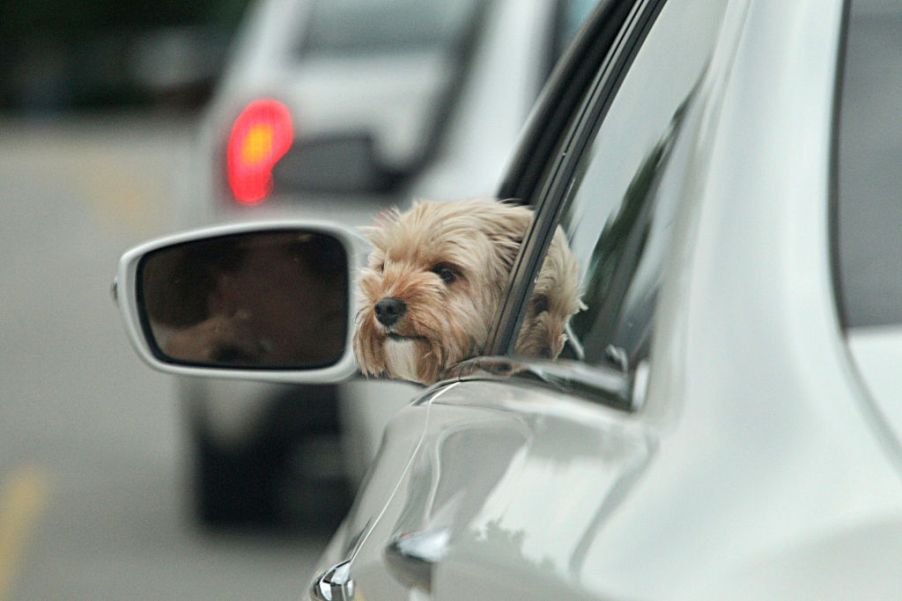
Does Your Pet Need a Car Seat?
Though many people make sure that their children are safely secured in safety seats and seat belts, many pet owners do not realize that their pets also need to be properly restrained. In the event of a crash, an unrestrained pet of any size can be a danger to both themselves and you.
However, there is a challenge when restraining your pet because seat belts are designed and crash-tested to transport humans safely. Since letting your pet run loose in the car is not a good idea, and the car’s seat belts aren’t ideal, what other option is there? This article will look at using car seats for your pet and the benefits they provide.
Dangers pets face when riding unrestrained
Being aware of the possible dangers your pet faces enables you to protect them better. Some of these dangers include:
- Anxious or enthusiastic pets can leap out open windows into traffic.
- Dogs who hang their heads out windows can be injured by debris.
- In case an airbag deploys, pets sitting in the front seat can get injured.
- An unrestrained pet in the backseat can become a deadly projectile in the occasion of a collision.
Aside from the dangers posed to pets, there are also the possible distractions unrestrained pets can cause. Some of them include:
- Unrestrained pets could move around the car cabin.
- Some pets could wander into your lap as you drive, which is not only distracting but also illegal in some states.
With these and more possible dangers and distractions, securing your pets could be a life-saver. Here are a few available options.
Pet car safety
For your pet’s car safety, some options you can consider are seat belts, crates, and booster seats. These options provide safety for a wide variety of pets, including dogs, cats, rabbits, or any pet within the weight and size range.
Seat belts
The seat belts attach your pet’s harness to a strap with a buckle that can be clipped onto your car’s seat belt device. In case of a sudden change of speed, or collision, the harness spreads out the pulling force of the leash along your pet’s back and chest, reducing the force along the neck.
Car and booster seats
Seat belts are often better suited for large pets, such as large dogs. For smaller and medium pets, consider getting a car seat. The seats are designed as a pet bed that is held in place by your car’s seat belt. They also include harnesses that prevent movement. Always put your pet’s seat either in the middle rear seat or the back passenger’s side of the car.
Kennels
Though kennels are another option, the lack of a harness means your pet is not directly restrained. When an accident happens, they can still get injured as a result of crashing into the kennel itself.
Kennels or carriers do work well with cats though. They help control the scratching and hair loss that happens when a cat becomes agitated, and if your pet makes a mess along the way, it is confined and easily cleaned.
Choosing the best option
With the variety of options available, it is important to find what suits your pet and vehicle type. Review the crashworthiness of the available restraints to find the safest option. The products that meet the site’s safety standards are marked with a ‘Center for Pet Safety Certified’ logo.
Once you pick your preferred option, there are a few safety tips you should consider;
- Never attach a car seat tether to your pet’s leash.
- Never leave your pet alone in the car.
- Always keep your eyes on the road.
Having restraints allows both you and your pet to enjoy the drive. It isn’t only safe for them but for you too.


